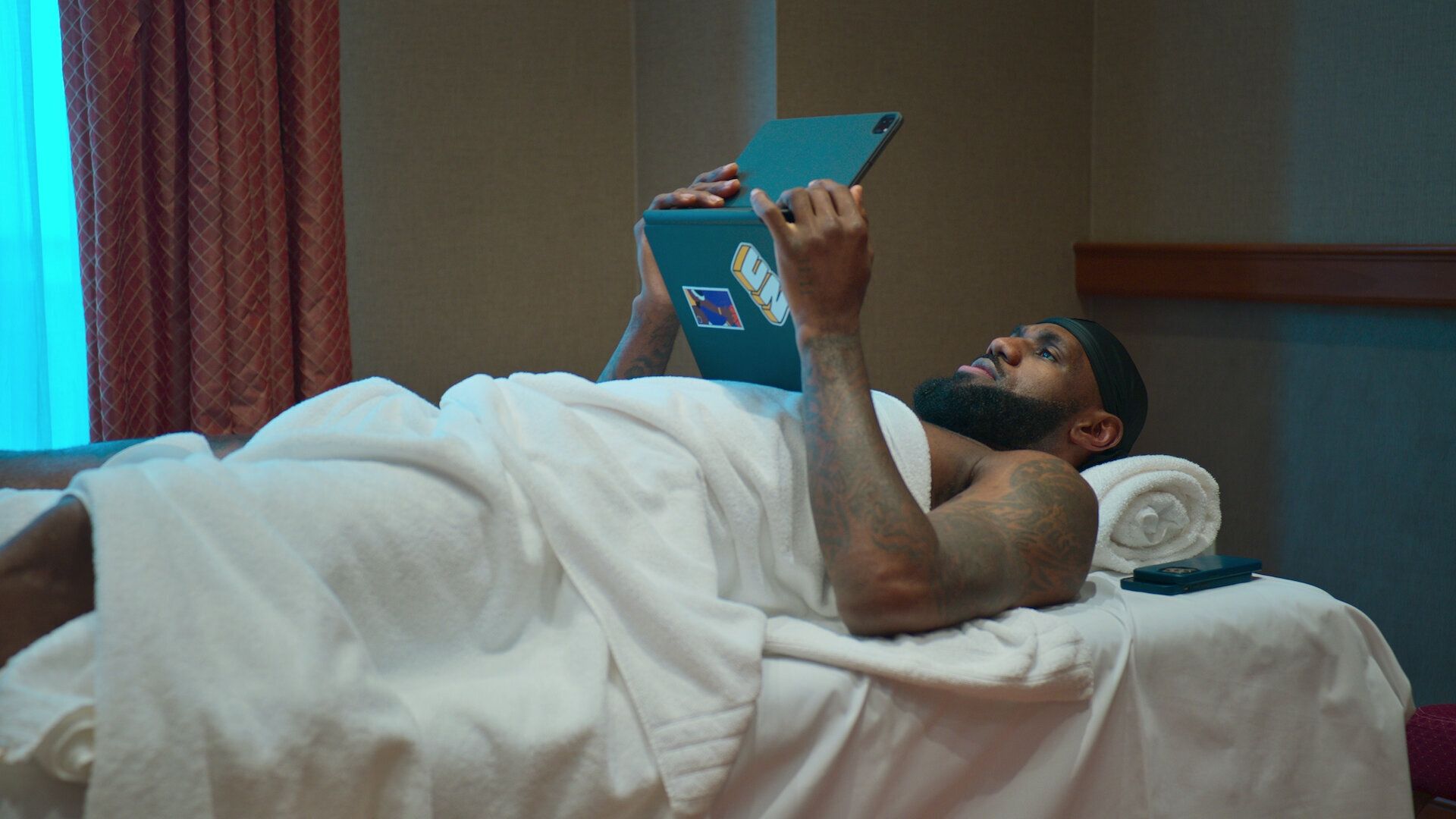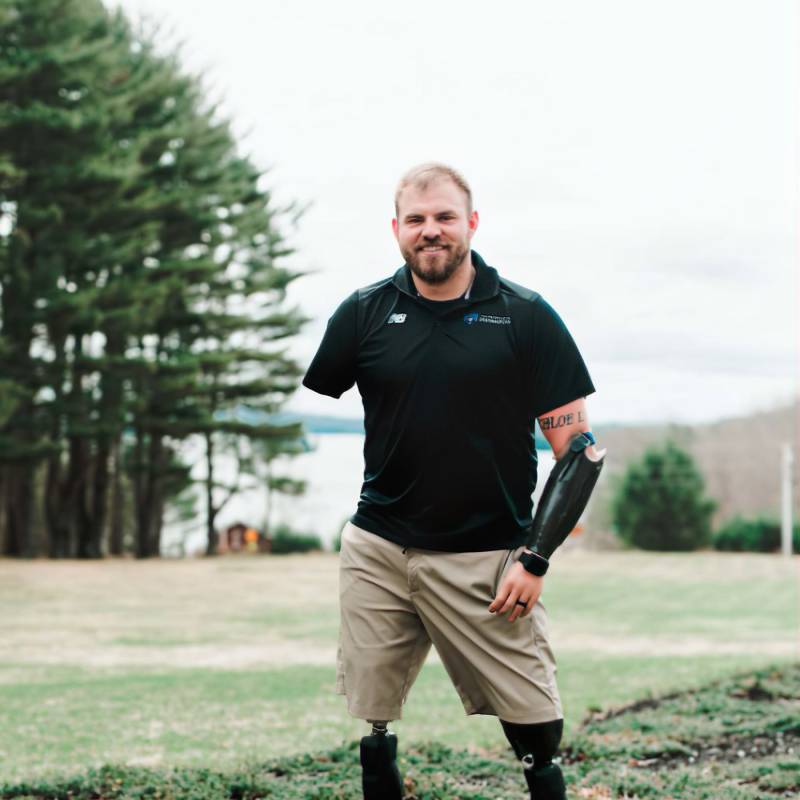There’s something about LeBron James that makes him feel less like a man and more like a force. Not just because of the numbers, though they’re staggering. Not just because he’s outpaced nearly every expectation placed on him since he was a teenager. But because, even after two decades, he continues to redefine what it means to endure.
LeBron James: The Starting 5, the latest Netflix documentary, does more than chronicle a basketball career. It strips the myth down to the muscle. It lets us sit courtside not only to the championships and buzzer-beaters, but to the bruises, the burden, the lonely flights home. What makes this doc particularly piercing is not just the footage or the storytelling — it’s the reaction it evokes from those who understand what resilience truly costs.

Related article - Uphorial Podcast

Antonio J. Webb, M.D.
Dr. Antonio Webb, a spine surgeon and former U.S. Air Force trauma doctor, reacts to this documentary not with fanfare, but with a surgeon’s eye. To him, LeBron isn’t just a generational athlete — he’s a blueprint of physical and psychological fortitude. Webb breaks down moments of pain the average viewer misses: the way LeBron lands after a dunk, how his body moves after a decade of knee wear, the almost imperceptible shift in gait that hints at managed pain.
This is what The Starting 5 gives us — not a celebration, but an anatomy of greatness.
But to understand why this matters, you need to understand the man. LeBron isn’t just a player; he’s a project in motion. He’s the kid from Akron who never forgot his zip code, even when the world handed him spotlights and stadiums. He’s a father who texts his sons about defense and discipline. A businessman who built schools, brands, and belief systems. And still, he’s the guy in the gym at 5 a.m. — not because he has to prove anything, but because that’s who he is.
The documentary doesn’t avoid the gloss. The gold medals, MVPs, and dynasty moments are all there. But it lingers longer on the missed free throws, the back spasms, the toll of expectations. You begin to realize that LeBron’s most impressive stat isn’t his points — it’s his persistence. He wasn’t supposed to last this long. No one does. Bodies break. Spirits crack. But LeBron rebuilt himself. Over and over.
There’s a scene where he talks about his back — a moment Dr. Webb seizes on. The weight of carrying a franchise, a culture, and a global brand doesn’t just sit on your shoulders metaphorically. It grinds into the vertebrae. It wears on joints. Most players retire before 35. LeBron is still redefining prime at nearly 40. That’s not luck. That’s science, sacrifice, and supreme discipline.
And yet, what pulls us into this story isn’t just the endurance — it’s the empathy. LeBron doesn’t act like a god. He acts like a man who knows he won’t be here forever. That his minutes are measured now. That legacy isn’t just highlights — it’s how you lead when no one’s watching. How do you uplift teammates? How do you show your sons what humility looks like in victory and loss?
The Starting 5 isn’t about assembling a team — it’s about assembling a life. The five people, five moments, five decisions that shaped him. And maybe, shaped us. Because if there’s anything LeBron James teaches — not just in this film, but in his life — it’s this: greatness is not handed to you. It is earned, endured, and carried.
And sometimes, carrying it hurts. But if you keep moving anyway, that’s when it becomes something more than just a game. That’s when it becomes history.



